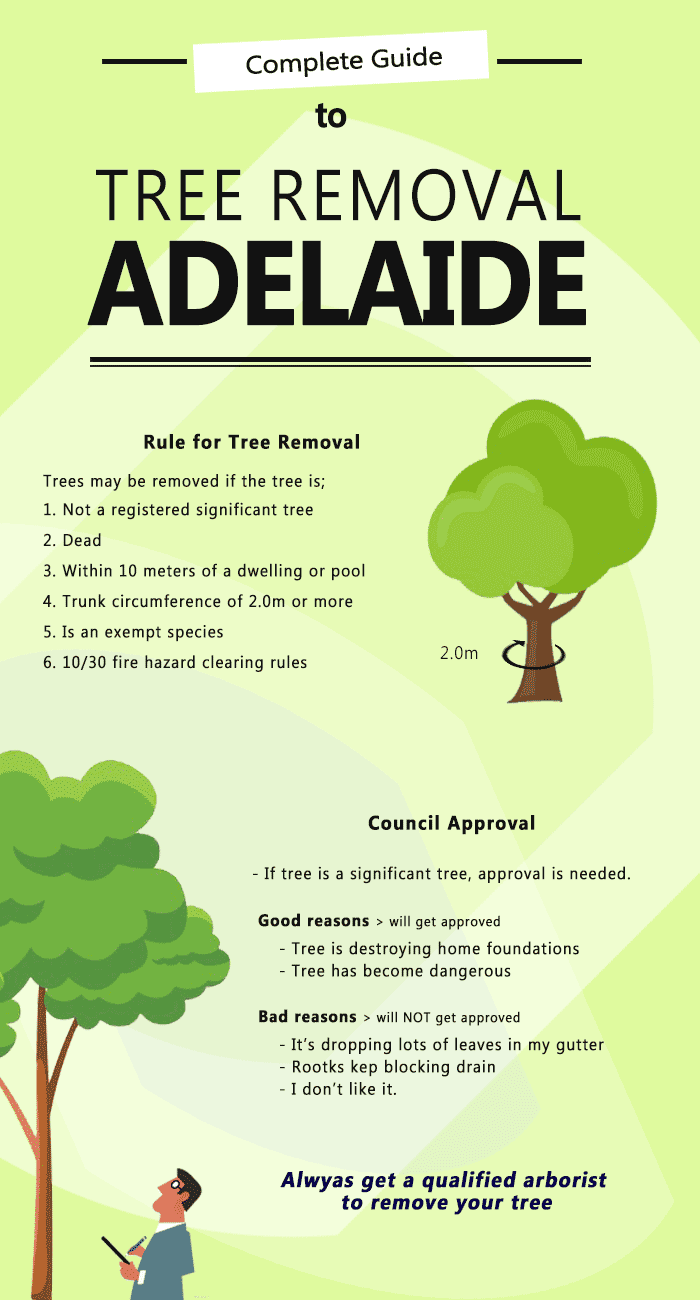The Environmental Influence Of Stump Grinding: A Sustainable Option For Effective Land Management
The Environmental Influence Of Stump Grinding: A Sustainable Option For Effective Land Management
Blog Article
Posted By-
When it pertains to land management, have you considered the resilient advantages of stump grinding? By addressing the residues left behind after tree removal, this method not just aids in soil wellness improvement yet likewise plays a vital duty in avoiding erosion and supporting biodiversity. The environmental benefits of stump grinding extend far past plain aesthetics, offering a sustainable remedy that harmonizes with nature's elaborate systems.
Dirt Wellness Renovation
Wanting to enhance the top quality of your soil? Stump grinding can be a game-changer for boosting dirt health and wellness on your building. By getting rid of old tree stumps, you're producing space for new development and enabling crucial nutrients to go back to the dirt.
As the stumps break down gradually, they release organic matter, enriching the dirt and advertising far better plant growth.
Furthermore, stump grinding aids to aerate the dirt, enabling far better water seepage and root advancement. Compacted soil can impede plant growth and water absorption, yet by grinding stumps, you're loosening the dirt and creating a healthier atmosphere for your plants.
Additionally, stump grinding can likewise aid to stop bug infestations and illness that old stumps may bring in. By getting tree service indianapolis of these possible hazards, you're developing a more secure and more effective landscape.
Disintegration Avoidance
To stop dirt disintegration effectively, stump grinding plays an important duty in maintaining the stability and stability of your land. By removing unsightly stumps from your building, you're additionally reducing the danger of erosion caused by water drainage. Stump grinding removes challenges that can interrupt the natural circulation of water across your land, stopping soil disintegration in the process.
When stumps are left untouched, they can function as barriers to water circulation, causing dirt to wash away during heavy rainfalls. This erosion not just damages your land however likewise contributes to sedimentation in nearby water bodies, hurting water communities.
Stump grinding aids to avoid these issues by leveling the ground and advertising correct drain, lowering the likelihood of erosion.
Biodiversity Assistance
Maintaining healthy biodiversity on your land is important for developing a prospering ecological community. By using stump grinding as a sustainable land management method, you can significantly support biodiversity.
Stump grinding assists advertise biodiversity by creating brand-new environments for different plant and pet species. The elimination of stumps permits the regeneration of native plant life, which consequently draws in a varied variety of wild animals. Pests, birds, and small animals grow in these freshly easily accessible locations, contributing to the overall biodiversity of your land.
Additionally, stump grinding assists stop the spread of diseases and parasites that can damage plant types, hence protecting the eco-friendly balance on your home. By eliminating old stumps, you develop space for new plant development, which enhances the overall wellness of the ecological community.
This healthier atmosphere supports a broader range of species, advertising biodiversity and producing a much more resilient ecological community in the long-term. Embracing stump grinding as part of your land management approach can have long-term positive results on the biodiversity of your land.
source website
By utilizing stump grinding as a lasting technique to land management, you can boost dirt health, stop erosion, and assistance biodiversity. This eco-friendly approach not just benefits the environment yet additionally promotes the growth of plant life and develops habitats for different plant and pet species. Make a positive impact on the environment by including stump grinding into your land management practices.
